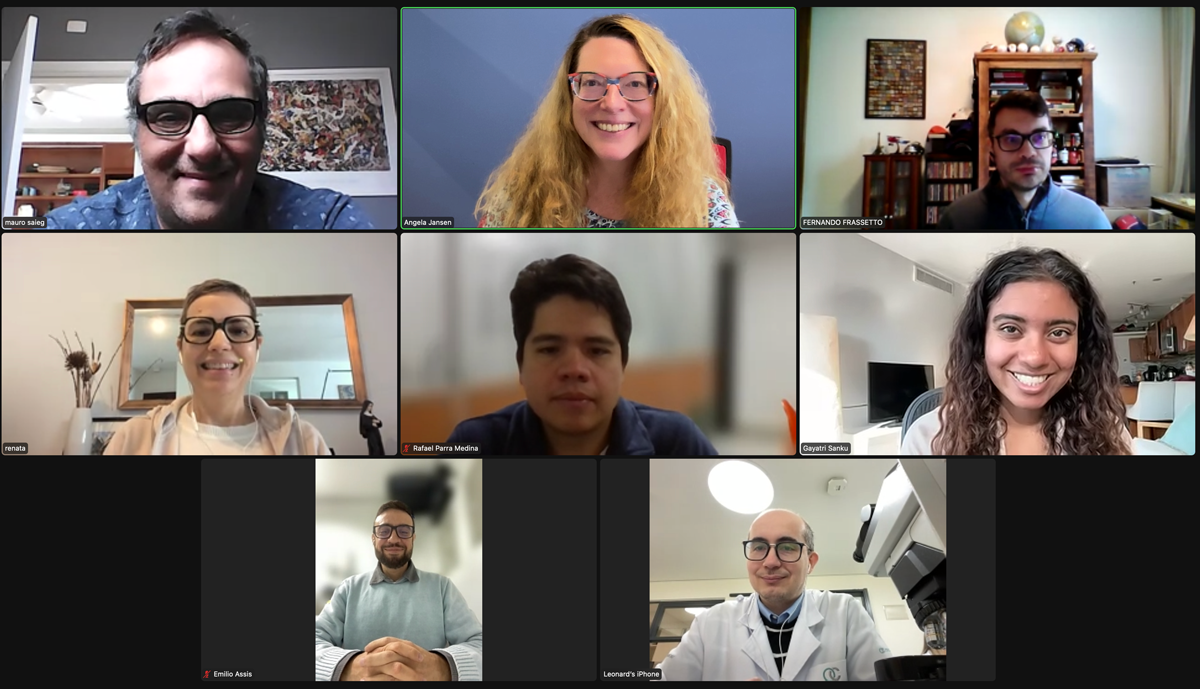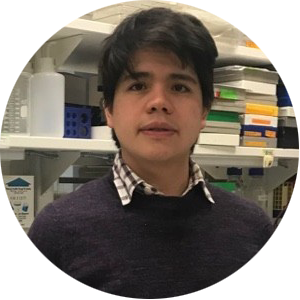56
Digital Pathology
Challenges and Opportunities
in Latin America
AHF Convenes a Consensus Conference
on Digital Pathology Challenges and Opportunities in Latin America
Crossing the Andes: Challenges and Opportunities
for Digital Pathology in Latin America
Digital pathology (DP) refers to transforming the image of a material (e.g., cells, tissues) that can be viewed in a conventional light microscope into a digital image. Several modalities of imaging technologies can be called DP (e.g., transmission of static images, robotic static/dynamic telemicroscopy, real-time video telemicroscopy). However, the most widely accepted and used is whole-slide imaging (WSI), validated for diagnostic purposes by the College of American Pathologists (CAP) in 2013. The US FDA granted two WSI system approvals for primary diagnosis, the first in 2017. In Latin America, DP has the potential to reshape healthcare by enhancing diagnostic capabilities through AI assistance and standardizing pathology reports. Yet, we must tackle regulatory hurdles, training, resource availability, and unique challenges to the region. Collectively addressing these can enable the region to harness DP’s advantages —enhancing disease diagnosis, medical research, and healthcare accessibility for its population. To address this topic, the Americas Health Foundation conducted a virtual meeting with six Latin America pathologists in the use of DP to develop a manuscript to assess the landscape of diagnostics and provide recommendations to improve access in Latin America. The resulting manuscript, entitled "Crossing the Andes: Challenges and Opportunities for Digital Pathology in Latin America", has been published in the Journal of Pathology Informatics. Click to read the full article.
Lead author: Renata de Almeida Coudry
PANELISTS INCLUDED







